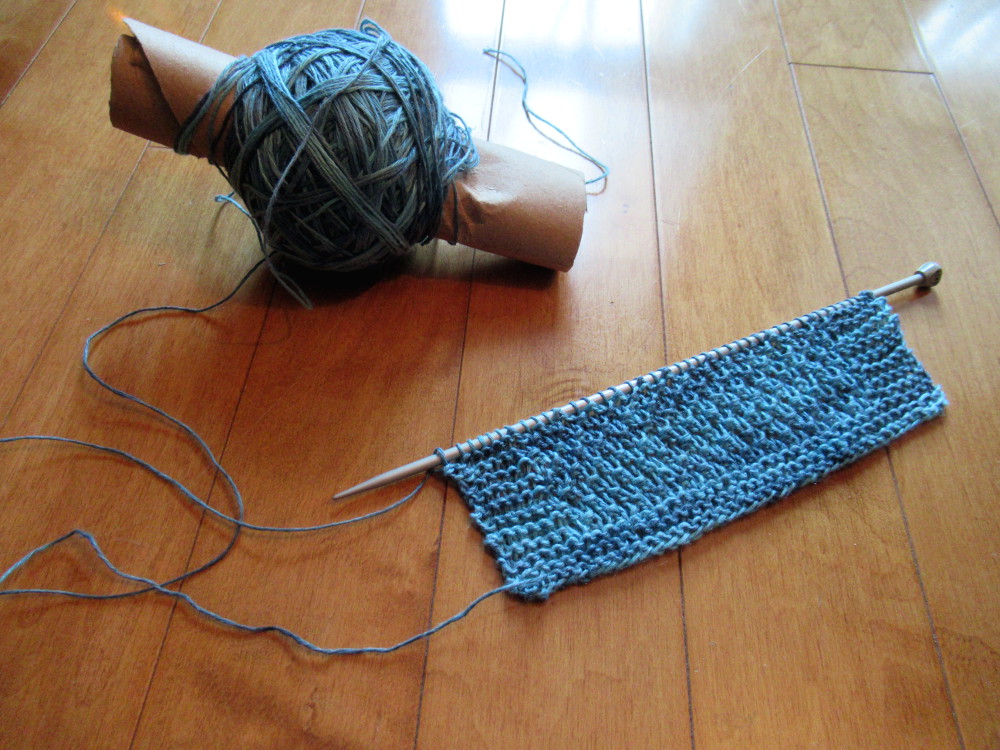
It's time. I pitched one of the 3 dishcloths I knit 2 years ago, and I don't normally keep track but as I had included them in a Hive post, I knew. 2 years -- is that all?
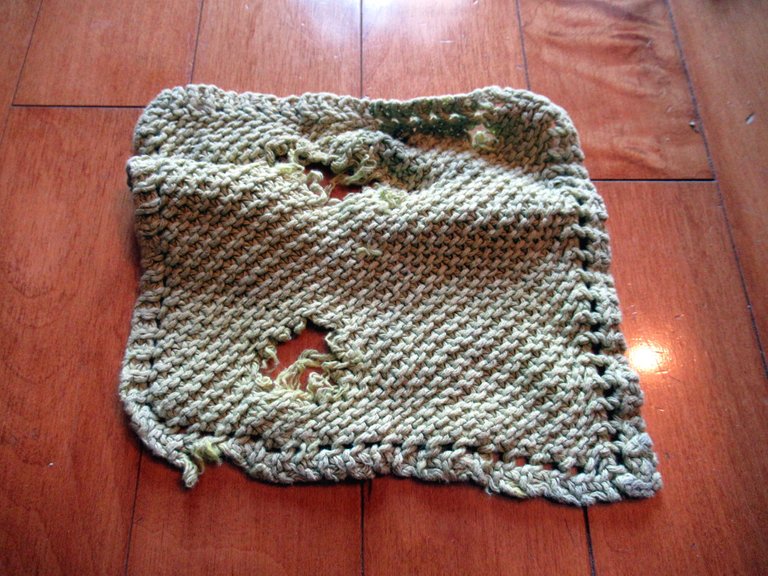
This one, above, isn't going to last much longer. Let me introduce you to one of my pet peeve's; things don't last as long as I think they should. As they used to say, "We can put a man on the moon but we can't..." In this case, finish the quote with "make a dishcloth that lasts a decade."
I started knitting dishcloths after a trip to Newfoundland in 2001 where every kitchen sink seemed to be outfitted with one of the little beauties. So I asked about the pattern and it was written on the band around the cotton yarn. I bought a light grey yarn with flecks of pretty colours, made a dishcloth, and the first time I used it, all the colours ran leaving an ugly grey dishcloth. I have tried other brands, and I always end up with a faded, stained, and holey dishcloth.
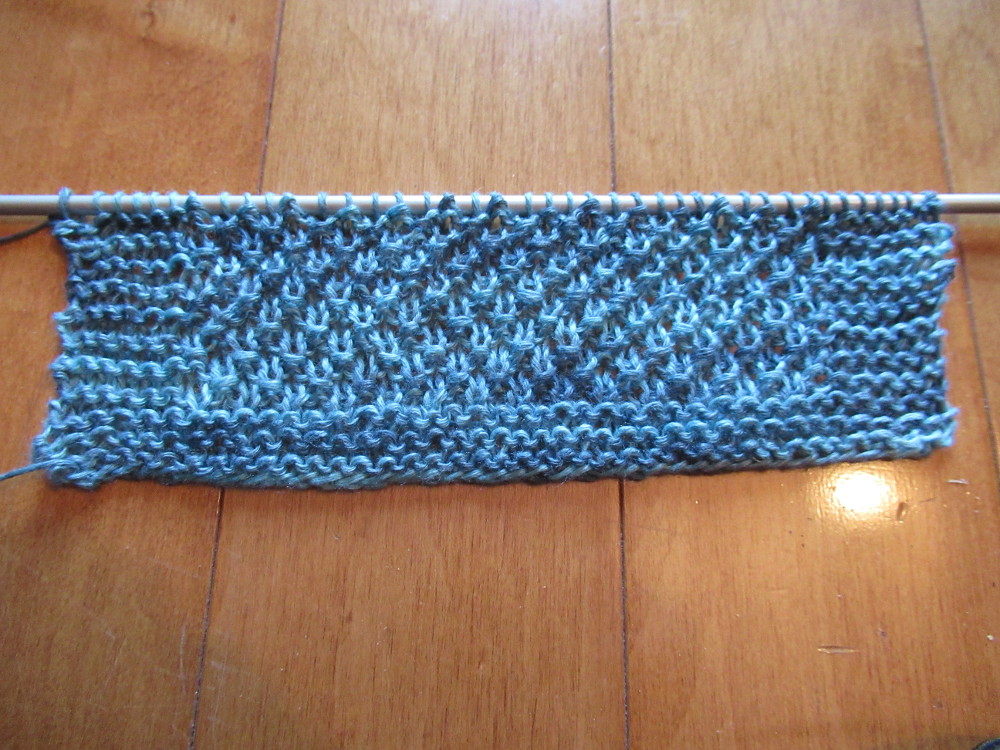
Now, maybe the problem with the dye is that I haven't found the right cotton yarn but what can I do to make the dishcloth last longer? I had been eyeing the leftover linen yarn from the last sweater I made. Beautiful and long wearing, linen has long been prized for dishtowels and sheets. I had no other use for that yarn so why not?
A little googling and I learned linen is 2-3 times stronger than cotton and it's strong when wet unlike many other fibres. I searched on Etsy and while you can find linen dish towels, there were no linen dishcloths. Why is that? I know it's more expensive, but none?
In addition to what I had learned already, the flax plant, from which we produce linen, is sustainable, grows on poor soil, is drought tolerant, uses no chemicals in processing, and it's even making a bit of a comeback for those reasons.
Notably, I found no big warning
that said "@kansuze, don't do it!"
So I did.
that said "@kansuze, don't do it!"
So I did.
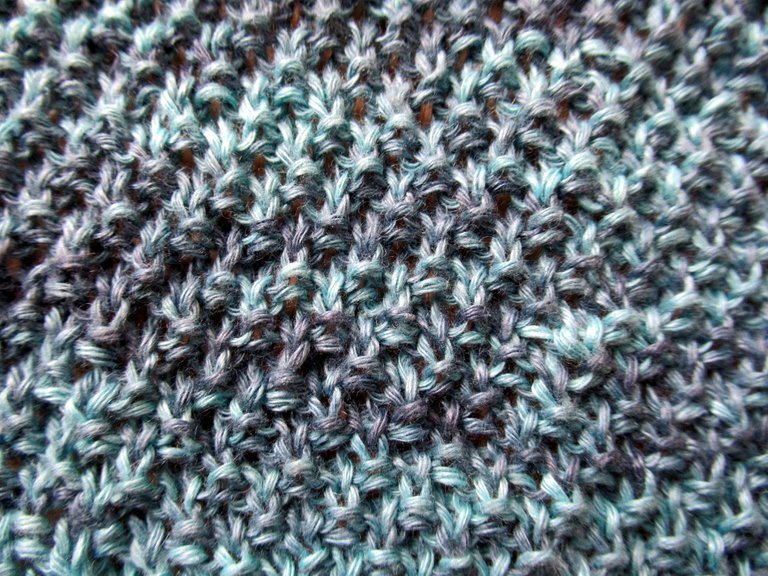
Linen yarn is somewhat string-like and as I had used it before, I knew what needles I wanted to use and what gauge it would produce. I decided not to use my regular dishcloth pattern which is knit diagonally since a different gauge might result in a diamond instead of a square. A little more googling and it seemed I could do whatever I wanted as long as it was a convenient size, typically 8" x 8" or roughly 20 x 20 cms.
Above, I used moss stitch with a garter stitch border. Moss stitch provides a slightly rough texture.
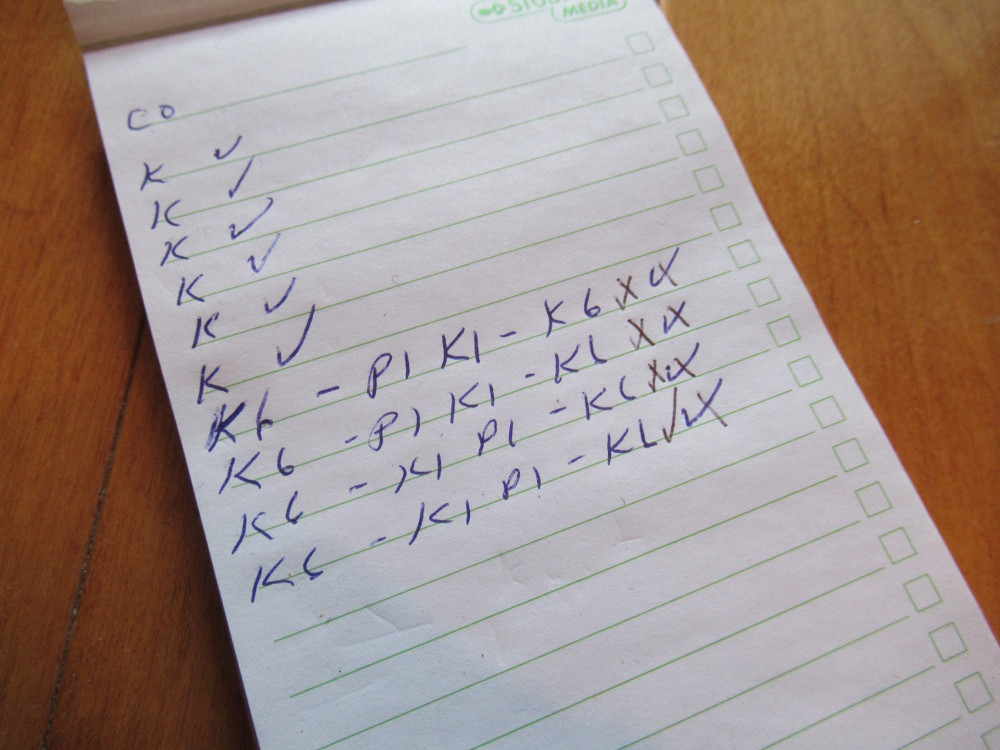
This is my own form of shorthand...
Cast on and knit 6 rows for the bottom border.
Then there is the 4 row moss stitch pattern with the garter stitch border on each side.
The first 2 rows are K6 stitches, repeat P1, K1, then end with K6.
The next 2 rows are K6 stitches, repeat K1, P1, K6.
Repeat those 4 rows until it's long enough.
Knit 6 rows.
Bindoff.
That was the first dishcloth. On the second, I decided a 4 stitch border matched with the top and bottom edges better. And you can see that I check off each row as I do it.
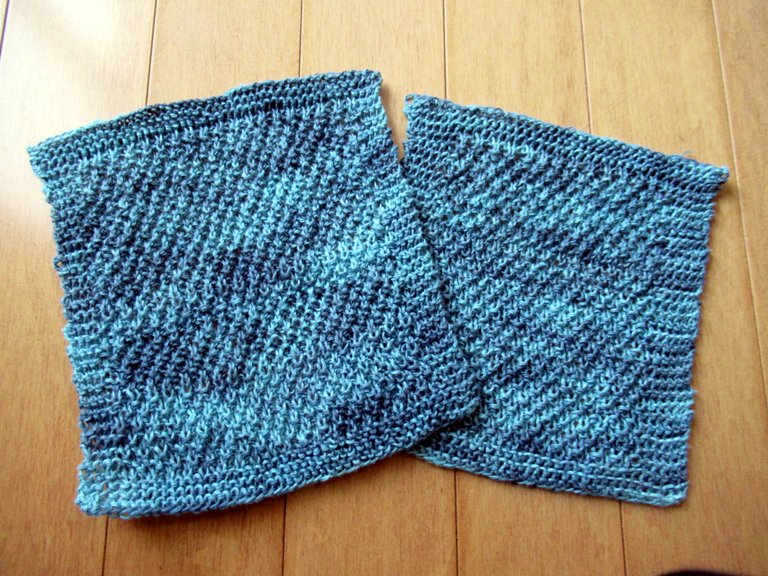
Done. Now let's see how long they last. Who knows? I might start a linen dishcloth trend.
Thank you for visiting!
Images
Photos by @kansuze taken with my Canon SX620 HS.
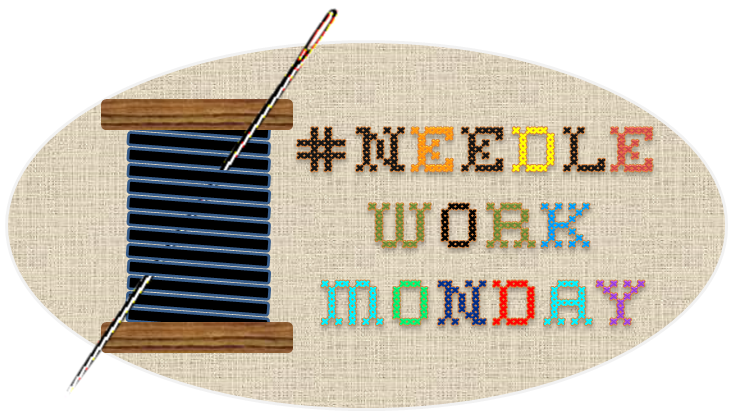
Enjoy!
@kansuze